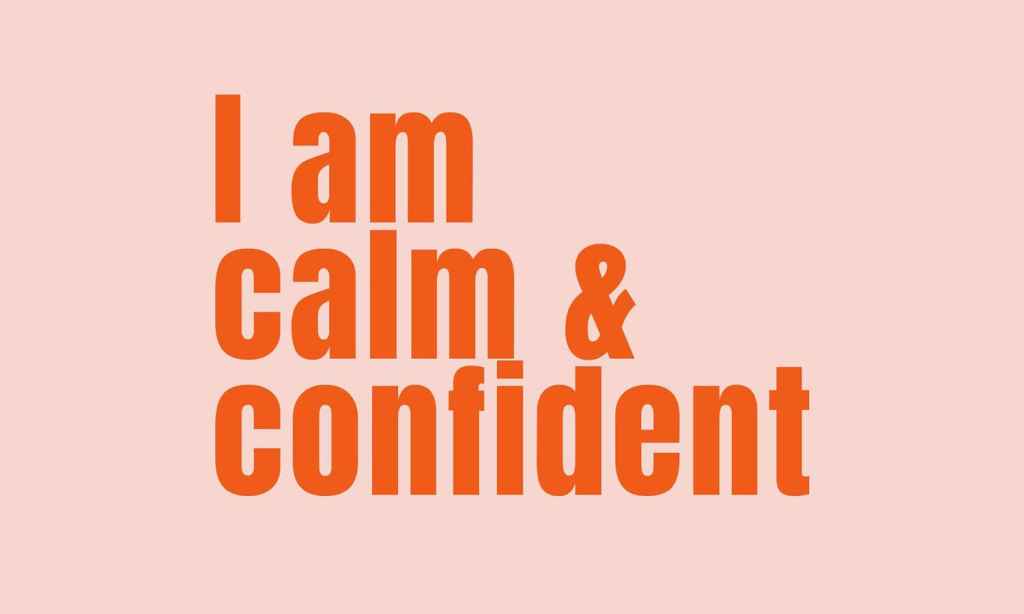The phrase “you are getting veeery sleepy” is not what you’d typically hear in a hypnotherapy session, though dialogue is very important for lulling someone into a state of hypnosis and helping them realise their goals.
“I don’t use that wording, but we can certainly use wording to work as an anchor to take you into a calmer state. Alternatively, a cue word to take you back to that calmer state in the next session. There are techniques to take someone deeper and deeper into a calmer state,” says Claire Aristides, a clinical hypnotherapist and visualisation consultant.
Aristides is also the founder of the Mindology app, which is helping people to change habits with new ways of thinking to help them deal with issues of stress, confidence, leadership, resilience and more.
Interested in the concept of hypnotherapy (though unwilling to spill my deepest secrets without knowing what actually happens in a session first), I turned to Aristides to find out more about what really goes down in a session. Here, you’ll find the answers to all questions you may too have about hypnotherapy.
What are some reasons people seek hypnotherapy?
A huge area is stress, or the symptoms and fallout we experience as a result of stress. Stress can manifest in a number of other issues and habits, and for some this looks like smoking, over-eating, excessive drinking, losing your confidence, and experiencing anxious feelings.
People may also undergo hypnotherapy to deal with negative thoughts and memories. Over time, our unconscious mind collects memories, beliefs and experiences and forms them into your unique view of the world. With hypnotherapy, we aim to change your unconscious view and hence allow you to experience life in a more positive way.
We can’t change our past but we can change our future. And with hypnosis, we change our inherent unconscious mindset for the better — whether that’s to help someone quit smoking, gain confidence in peaking to new people, or help them make a presentation calmly.
What actually occurs in a hypnotherapy session?
I start my hypnotherapy sessions with a series of important medical and background questions so get a full picture of the client. We discuss what their goal is and perhaps what behaviours that they want to change.
We then move towards the therapy part where I make sure they are in a comfortable and relaxed position and we begin with my guiding them to a relaxed and calm state.
Next, I’ll begin making a series of suggestions that are directing their unconscious mind to the goal the client wants to achieve. The session ends by bringing the client’s awareness back to the moment, and I often give the client a journal and techniques to do at home so they can continue building on the changes we have made.
Future sessions are about building and reinforcing this change at the unconscious level.
How many sessions does it take change an unwanted behaviour?
Three sessions is a recommended minimum, but it’s important to note also that we are working at the unconscious level. This means that the patient must actually want to make the change they’ve flagged with you.
For example, a smoker’s family may be nagging them to quit, so they seek the help of a hypnotherapist to help them realise this goal. But if the smoker doesn’t actually want to stop smoking, then the sessions will not be effective.
https://www.instagram.com/p/CD5kz5qjuPz/
What happens to patients after a session?
Most sessions end with the client feeling like they have had a little nap; they feel relaxed, refreshed, calmer, and clients have even said “they feel like a weight has been lifted off them”.
Clients often comment that they just felt in the zone during the session. They might of heard peripheral sounds, but that didn’t matter because they were on a journey and were lost in the moment.
What happens to the brain during and after sessions?
Research is showing us that the brain can’t tell the difference between what is imagined and what is reality. So, visualisation paired with self-hypnosis is an exciting and progressive therapy to make positive behavioural changes in your life.
Neuroscientists have discovered that the brain creates the same neural pathways when you visualise imagine doing something as to when you actually do it. Cool huh?
Elite sports professionals have been using a form of self-hypnosis and visualisation as part of their mental training for years. They take themselves into a calm meditative state and add in statements and mental imagery to see their goal coming true. They may use this form of self-hypnosis to prepare for all the scenarios they might need to deal with in the match or tournament.
You might wonder how that relates to you and your day-to-day life, but as I say in many of my sessions: “Your winning game is unique to you”. Your winning game might be going for the pay rise, finding a loving partner, recruiting the right staff and team, or visualising yourself presenting at a meeting with confidence.
Your victory moments are unique and personal to you. Hypnosis and visualisation is powerful training for the mind, but visualisation techniques can also help us distance ourselves from disturbing memories. It’s a powerful tool for changing emotional responses.
https://www.instagram.com/p/CCYSLcmjb9a/
Should hypnotherapy be used in replacement of medical care?
It should never be seen as hypnotherapy vs. modern medicine. That is a foolish approach. Personally, for me, I have seen the power of hypnotherapy for cancer patients during chemotherapy and for fertility struggles with IVF treatment.
I used hypnotherapy alongside my own IVF treatment, and I believe the combination was pivotal for my success. I would never disregard modern medicine. I encourage people to see hypnotherapy as a complementary therapy.







